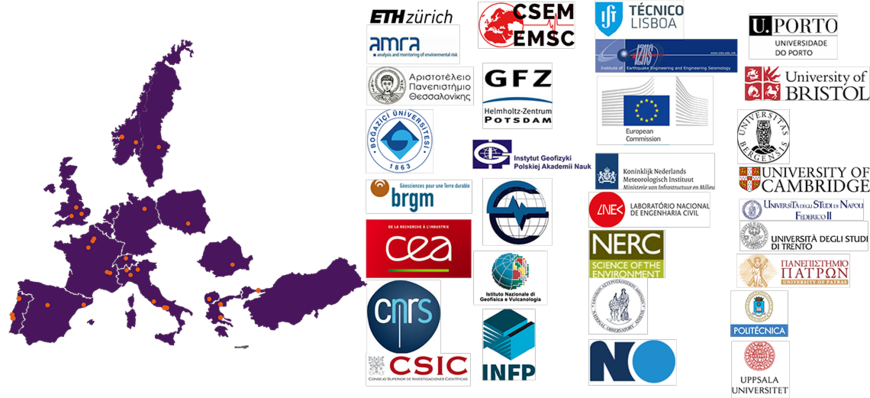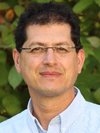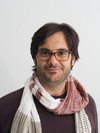SERA: Seismology and Earthquake Engineering Research Infrastructure Alliance
The Seismology and Earthquake Engineering Research Infrastructure Alliance for Europe (SERA) aims to reduce the risk posed by natural and anthropogenic earthquakes based on innovative research and development projects. SERA will significantly improve the access to data, services and research infrastructures for scientists and other professionals.
Specifically:
- SERA collaborates with researchers involved in previous seismology and earthquake engineering projects like EPOS, NERA, SHARE, SERIES, NERIES, and SYNER-G;
- facilitates access to ten high-class experimental facilities such as shaking tables and reaction walls;
- offers access to data and products in seismology and anthropogenic seismicity in Europe;
- promotes multi-disciplinary science across the domains of seismology, anthropogenic seismicity, near-fault observatories, and deep underground laboratories to achieve an improved understanding of earthquake occurrence;
- facilitates collaboration and innovations in the fields of deep seismic sounding, experimental earthquake engineering, and site characterization. It will do so by expanding the access to seismological observations and infrastructures as well as by strengthening exchange within the expert’s community.
The GEOFON team, together with four EIDA node operators, will work towards consolidating the European Integrated Data Archive infrastructure with particular focus on facilitating the integration of new data and nodes as well as improving the user experience. We are specifically contributing to the following activities:
- foster integration of new stations from regions where the density of stations is currently relatively low. Target regions are the Balkans, South-West Europe and North-East Europe. Additional stations will be included in EIDA either through new nodes or via existing ones;
- extend EIDA to integrate data types from Near Fault Observatories, Volcano Observatories, induced seismicity observation networks, structural monitoring arrays, etc. This will require additional changes and extension to the current metadata structure.
- facilitate integration and long-term sustainability by providing extensive documentation, best practice guidelines for data acquisition and distribution as well as technical support.
- Connenct key scientists to the main operators of seismological networks to design the future generation of monitoring tools for Europe.
Time frame
- 2017 - 2020
Principal Investigator
- F. Cotton (GFZ Potsdam)
- D. Giardini (ETH Zürich)
Personnel
- A. Strollo (GFZ Potsdam)
- J. Quinteros (GFZ Potsdam)
Funding
- H2020
Partner
- 31 partners from 16 European countries
Project website
Research Unit(s) and/or User Facilities
- RU2 (Plate Boundary Systems)
- RU4 (Natural Hazards)
- MESI





